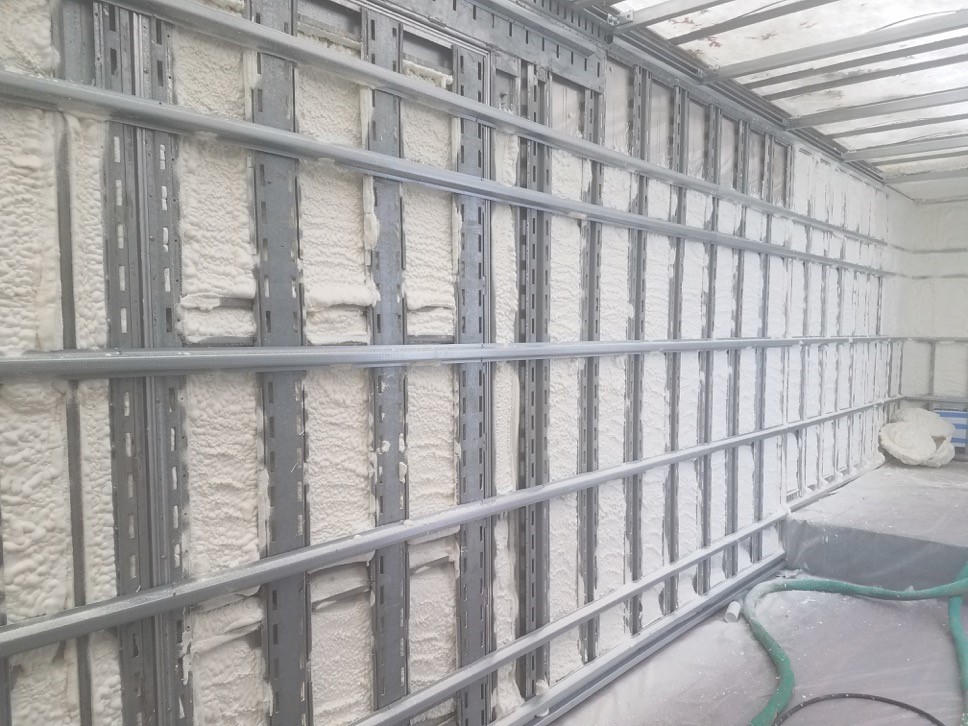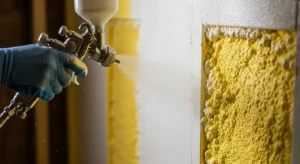Insulation is essential for maintaining comfortable indoor temperatures, lowering energy usage, and limiting environmental effects. While traditional insulating materials have been used for decades, technological breakthroughs have provided more sustainable options. Hydrofluoroolefin (HFO) insulation is a promising solution, offering better performance, a lower environmental impact, and long-term cost benefits.
Pros and Cons of Traditional Insulation Materials
Traditional insulation materials such as fiberglass, cellulose, foam, and mineral wool have been the primary building materials used for many years. Each material has unique properties and advantages. Fiberglass, for example, is lightweight, resilient, and reasonably priced. Cellulose insulation is created from recycled paper and has excellent thermal resistance. Foam insulation, such as polyurethane, has high R-values but can contribute to air pollution during manufacture.
While these traditional insulations have served their purpose, they have some downsides. Fiberglass and cellulose may be challenging to install, and foam insulation can emit toxic compounds during installation and decomposition. Also, many traditional insulations have a huge environmental effect due to their manufacturing, transportation, and disposal.
What is HFO Insulation?
HFO insulation is a relatively new type of insulating material that provides a more sustainable and efficient option to existing methods. It is made from hydrofluoroolefin gases, which are refrigerants with low global warming potential (GWP). This insulation is commonly placed as a foam or spray-applied coating, which has good thermal resistance and air-sealing qualities.
What Are the Key Advantages of HFO Insulation?
HFO insulation offers a range of benefits, making it the top choice for increasing energy efficiency and sustainability.
- High R-Value
It has an incredibly high R-value, which shows a material’s capacity to resist heat transmission. It means HFO-insulated buildings may sustain comfortable temperatures all year, causing high energy savings.
- Moisture Resistance
It is resistant to moisture, which is critical for avoiding mold and mildew formation. It may help improve indoor air quality while lowering the risk of health issues.
- Durability
It is long-lasting. It is an excellent investment for homes and building owners. It can survive extreme weather conditions while maintaining its insulating characteristics over time.
- Versatility
It is versatile and is suitable for different applications, including walls, roofs, and floors. It works well with several building techniques and can be used in new and existing structures.
- Low Global Warming Potential (GWP)
HFOs have a far lower GWP than HFCs. It means they contribute far less to climate change. It makes them a more ecologically friendly option for insulation.
Comparing Traditional and HFO’s Performance and Effectiveness
When comparing HFO insulation to conventional materials, you must assess thermal conductivity, R-value, and overall performance. This insulation beats several traditional insulations in terms of thermal resistance. Its strong foam construction provides excellent insulation, even under harsh situations.
Environmental Impact and Sustainability
One of the most convincing reasons to use HFO insulation is its minimal environmental effect. It is a sustainable solution that does not emit dangerous chemicals or contribute to greenhouse gas emissions. HFO gases have low global warming potential and zero ozone depletion. It is then a far more ecologically beneficial option.
Cost Analysis and Long-Term Savings
While HFO may cost slightly more upfront than standard materials, the long-term benefits can be huge. HFO insulation’s energy efficiency and durability may lead to long-term savings on heating and cooling expenditures.
In addition to energy savings, HFO can save on maintenance expenses. Its resistance to moisture and moisture may help you avoid costly repairs and replacements. When evaluating the overall cost of ownership, this insulation provides a better return on investment than standard solutions.
HFO insulation is an environmentally friendly replacement to traditional insulation materials. It provides better performance, a lower environmental impact, and long-term cost benefits. HFO may help homeowners and building experts create a more sustainable future while enjoying the benefits of a relaxing and energy-efficient living environment.
Upgrade Your Home with Sustainable HFO
When it comes to HFO insulation, trust Air Seal Insulation‘s expertise. Our experts offer high-quality HFO installation services. We use superior HFO products and follow industry best practices to ensure peak performance and energy efficiency. With Air Seal Insulation, you can be confident that your investment in HFO will pay off in increased comfort, energy savings, and environmental sustainability.




